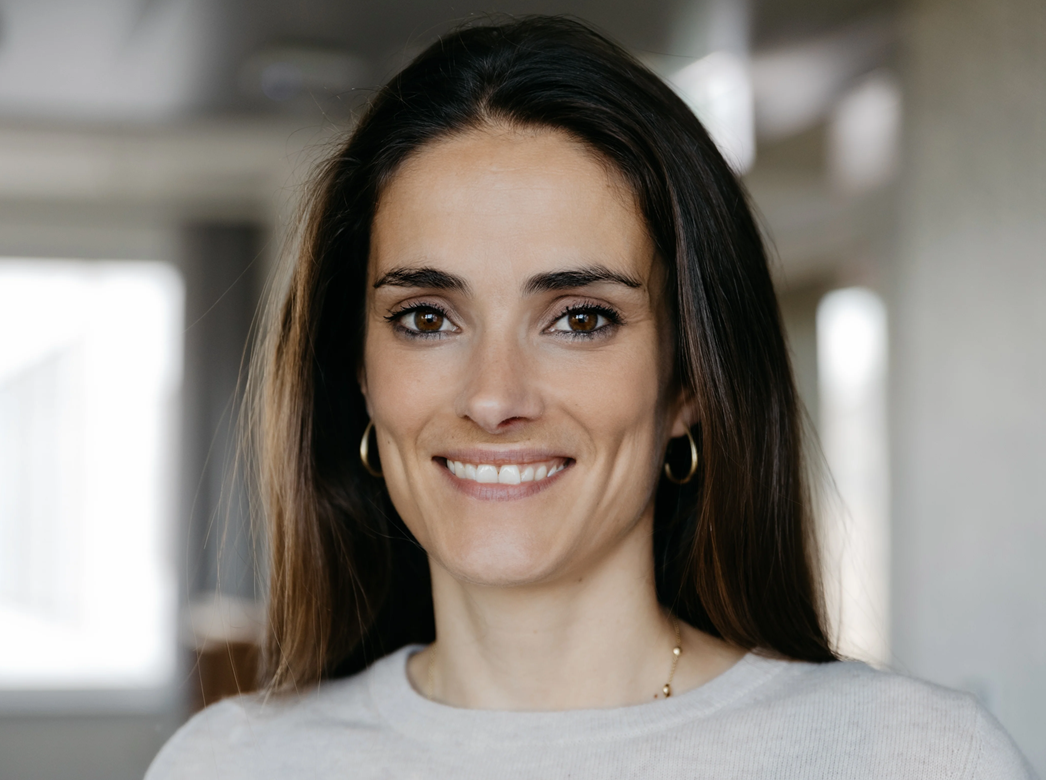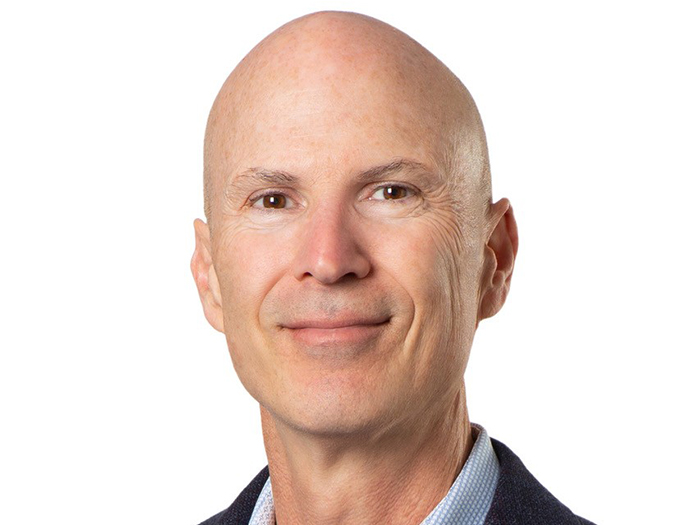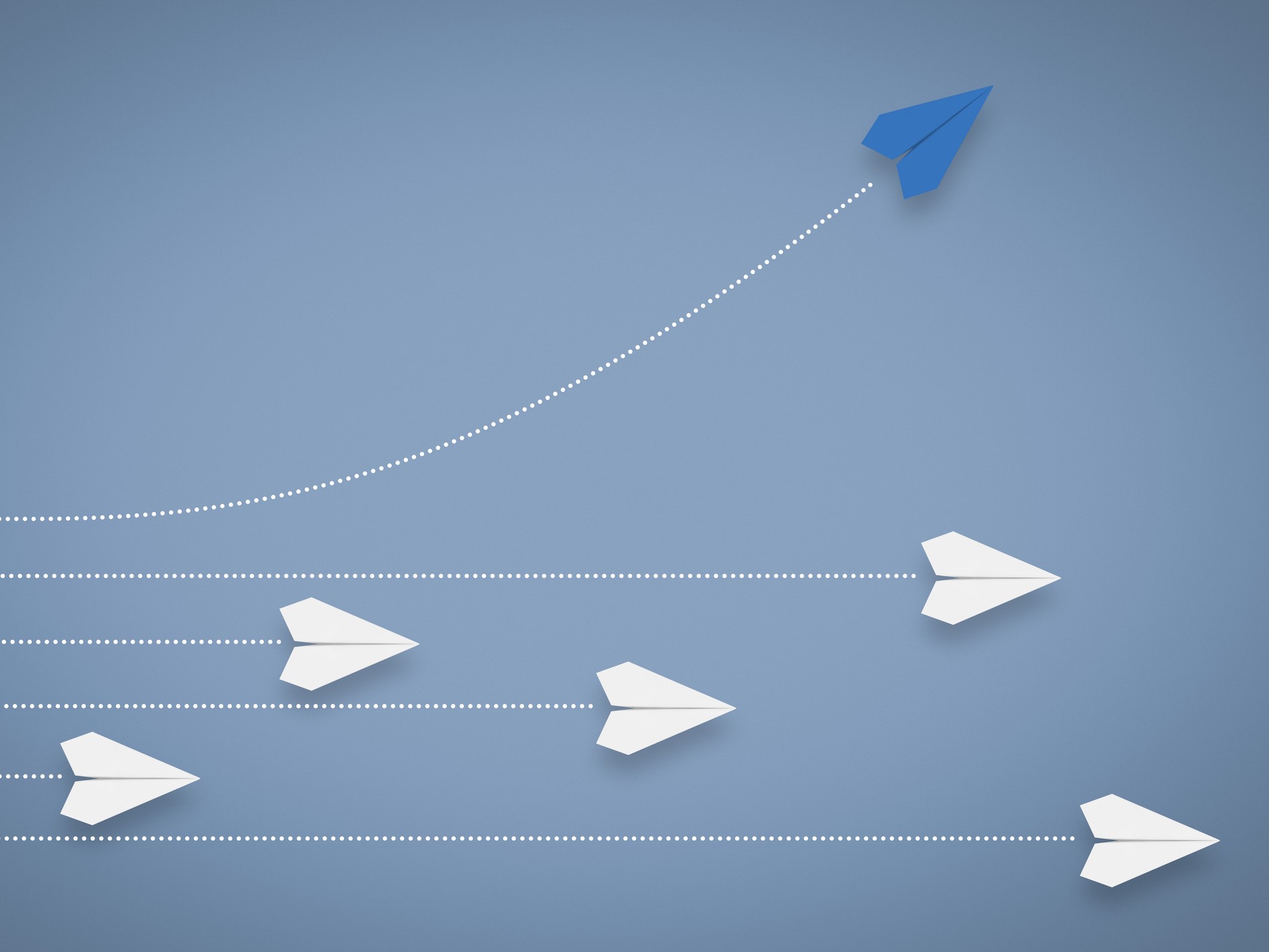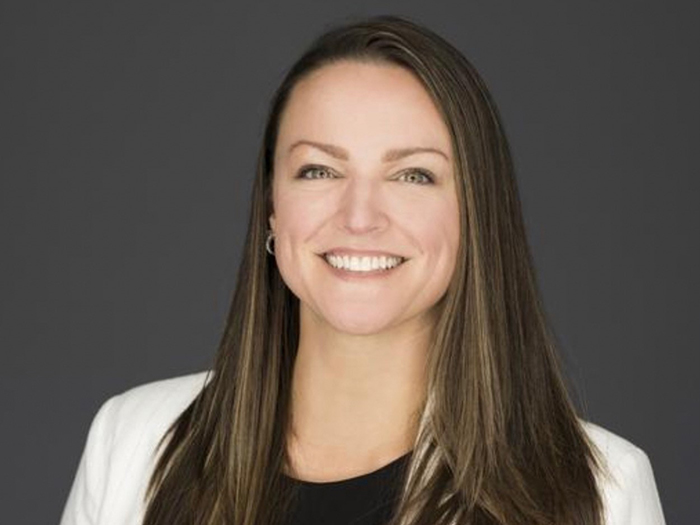Your Ergonomics Program May Have Value. But Can You Harness the Scientific Muscle to Prove It?

The National Ergonomics Conference is all digital this year, but the sessions will still contain the top-notch content health and safety professionals expect.
Two presentations going live on December 16, “Quantifying the Financial Impact of Ergonomics Interventions & Initiatives” and “How Can Science Confirm or Deny That You Are Making the Right Ergonomic Changes at Your Workplace?” will examine how to evaluate an ergonomic program and how to effectively communicate the benefits of ergonomic interventions to business stakeholders.
Featuring Patrick Carley, Professor of Physical Therapy at American International College, and Blake McGowan, Director of Research at VelocityEHS, the sessions will teach attendees the real world application of scientific research in the ergonomics industry, and how it can communicate the real value of their safety programs to a range of stakeholders.
How Can Science Confirm or Deny That You Are Making the Right Ergonomic Changes at Your Workplace?

Patrick Carley, professor, American International College
In the session “How Can Science Confirm or Deny That You Are Making the Right Ergonomic Changes at Your Workplace?” attendees will hear about three case studies — Honda of North America, The Boeing Company, and US Tsubaki — that used scientific methods to quantify the results of ergonomic programs.
Led by Carley, whose career in ergonomics has spanned both the academic and practical realms, the session will show how each case involves the use of the tried and true scientific method to substantiate results garnered from ergonomic initiatives and the accompanying benefits.
“I found over the years that using scientific techniques in the academic setting that we can provide significant data to those people making financial decisions based on those changes that are going to affect their processes or services. And then I’m able to bring that back to the classroom and teach physical therapy students,” Carley explained.
Carley will demonstrate how technology and science have been used to understand and confirm effective interventions for various safety initiatives, worksite modifications, and training approaches.
Each description will discuss the practical applications involved in each challenging situation. The methods will be outlined in such a way that attendees will be able to learn and apply in their own relevant and respective industries.
“In all of these cases we’ll discuss, we were challenging previous norms. In the presentation we put in a calculator so people can calculate what the cost difference would be. Ergonomics can have a beneficial effect for workers, but can also have a huge financial benefit to a company,” Carley said.
Quantifying the Financial Impact of Ergonomics Interventions and Initiatives
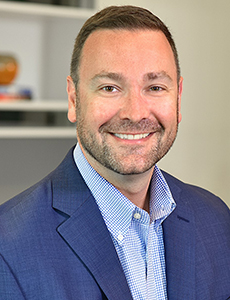
Blake McGowan,
Director of Research,
Velocity EHS
The financial impact will be the primary focus of the second presentation going live on the 16th, Blake McGowan’s “Quantifying the Financial Impact of Ergonomics Interventions & Initiatives.”
In particular, McGowan will focus on communicating the value of safety initiatives from the boardroom to the trading floor. As with Carley, McGowan’s presentation emphasizes both improved employee well being and business performance, a position he also takes as Director of Research for VelocityEHS.
“My role is to seek out and aggregate information from academia as well as industry, taking that and transform it into something people can understand and apply,” McGowan explained.
“Over the last 20 years, the main reason why people call us is because they’re hurting people and they’re spending a lot of money doing it. For years back in the 80’s and 90’s and probably even the 2000’s, the main ways that safety professionals justified what they were doing was to avoid injuries and injury costs. But that’s somewhat of a dangerous approach because when you start to do a really good job, there’s no more injuries and injury costs there and you almost work yourself out of a situation.”
Data released from the Bureau of Labor Statistics in November echoes this point, with the only significant statistical change in workplace injury rates being in the manufacturing sector, which experienced a decrease from 3.4 cases per 100 full time equivalent (FTE) workers in 2018 to 3.3 cases in 2019.
Overall in 2019, the incidence rate of total recordable cases in private industry was 2.8 cases per 100 FTE workers, which was the rate reported in 2018 and 2017. Given that workplaces are arguably safer than ever, what is an EHS professional to do? Back up their efforts with measurable business value.
“A lot of times safety professionals leave all of this business benefit on the table. It’s completely overlooked,” McGowan said.
“People don’t understand that designing for people and improving their well being also increases productivity, it enhances product quality, it improves employee engagement, it reduces voluntary turnover, it decreases things like absenteeism. There’s a lot more data now especially with investors understanding that companies with good safety systems and cultures actually outperform their competitors in the stock market. Which is a wonderful message to share with your CEO who is invested in your stock price.”
A study published in the Journal of Occupational and Environmental Medicine bears this out. Goetzel, et al. compared the stock performance of C. Everett Koop National Health Award winners to Standard and Poor’s (S&P) 500 Index. They found that “in the 14-year period tracked (2000–2014), Koop Award winners’ stock values appreciated by 325% compared with the market average appreciation of 105%.”
With corporate social responsibility part of popular business parlance in the past decade, safety culture is more important than ever.
“The surprising thing is, this data has been around for decades and people were so focused on what safety is, avoiding injuries and costs, and the tactical elements of those things, that we often forget the more strategic things,” McGowan said.
“At no point in my recollection does an EHS professional nowadays have the ear of the corporate board or stakeholders as much as they do now. We’ve gotten to know our stakeholders and leadership so well during the COVID process — if we can’t do it now, we’ll never do it. I’m trying to take safety from being a redline on a business balance sheet to being a black line, it adds value, it’s not just a way to avoid costs.”
As blackline status emerges in the industry, those same executives that see the business value in ergonomics will also have to understand the trial and error of applying the scientific method to those benefits.
As Carley put it, “Ergonomics is really a process. A lot of people look at ergonomics and they do an ergonomic assessment and they think they get it right one hundred percent of the time. That’s not it, it gets you closer to the final answer.” &





